If you’re looking for a unique and beautiful fish to add to your aquarium, the Scarlet Badis (Dario dario) might be just what you’re looking for. These tiny fish are native to the waters of India and Bangladesh and are known for their vibrant colors and interesting behavior. In this article, we’ll cover everything you need to know about caring for and breeding Scarlet Badis.
Table of Contents
Introduction
The Scarlet Badis is a small, peaceful fish that is popular among aquarium hobbyists. These fish are relatively easy to care for, but they do require specific water parameters and a balanced diet to thrive. In this guide, we’ll provide all the information you need to successfully care for and breed Scarlet Badis in your own aquarium.
Scarlet Badis Overview
The Scarlet Badis, also known as the Scarlet Gem or Scarlet Goby, is a member of the Dario genus. They are small, colorful fish that typically grow to be around 1.5 inches in length. Males are known for their vibrant red and blue colors, while females are typically more muted in color.
Scarlet Badis are a peaceful species that do well in community aquariums. They are generally shy and will hide among plants and decorations, but they can become more outgoing once they become comfortable in their environment.
Setting Up a Scarlet Badis Aquarium
When setting up an aquarium for Scarlet Badis, it’s important to provide plenty of hiding places and places to explore. These fish are naturally found in shallow, slow-moving waters with plenty of vegetation, so try to replicate this environment in your aquarium.
Provide plenty of live plants and other decorations for the fish to hide among. A sandy substrate is also a good choice, as it mimics their natural environment.
Water Parameters for Scarlet Badis
Scarlet Badis are sensitive to water quality, so it’s important to keep their tank clean and well-maintained. The ideal water parameters for Scarlet Badis are:
- Temperature: 72-79°F
- pH: 6.0-7.0
- Hardness: 5-15 dKH
It’s also important to perform regular water changes to maintain good water quality.
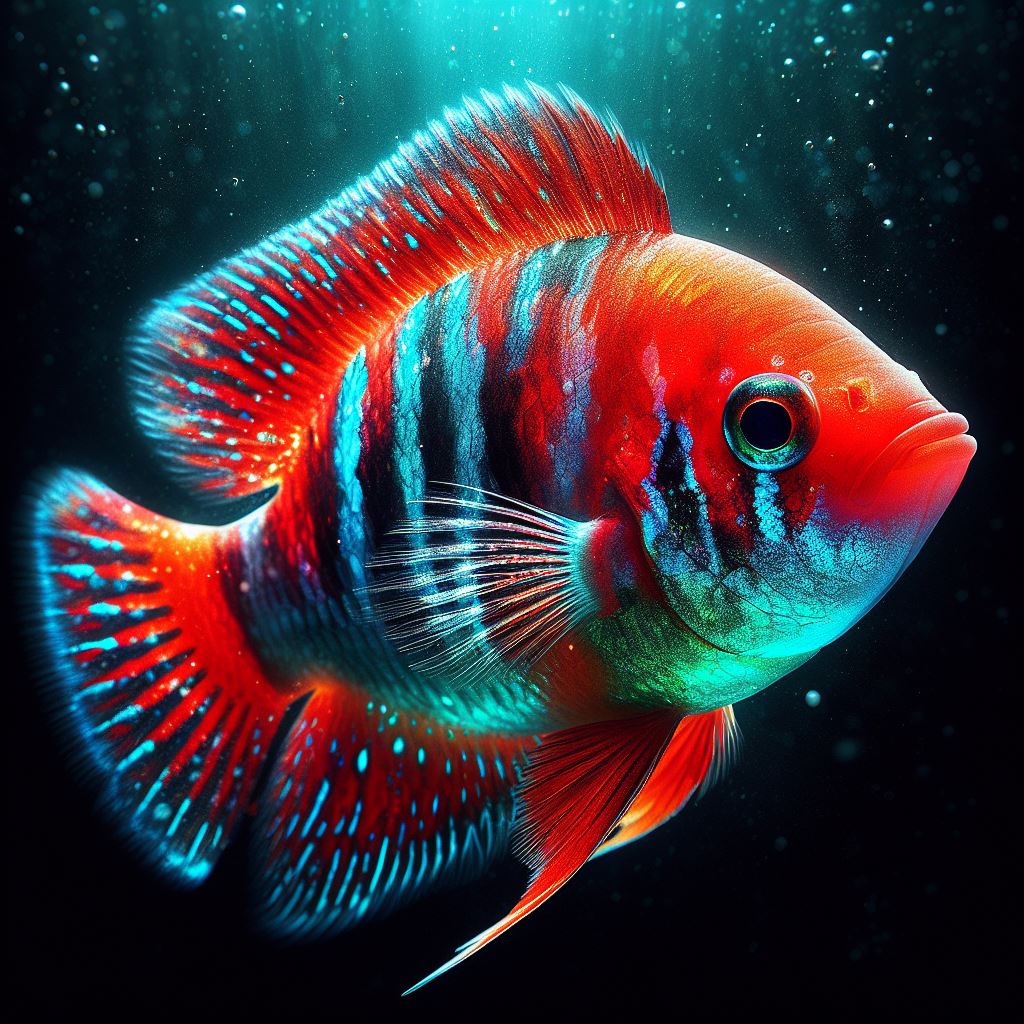
Feeding Scarlet Badis
Scarlet Badis are omnivores and will eat a variety of foods. They should be fed a balanced diet that includes both protein-rich foods and plant matter. Some good food choices for Scarlet Badis include:
- High-quality flake food
- Frozen or live brine shrimp
- Frozen or live daphnia
- Frozen or live bloodworms
It’s important to avoid overfeeding Scarlet Badis, as they have small stomachs and can easily become bloated.
Tank Mates for Scarlet Badis
Scarlet Badis are peaceful fish that do well in community aquariums. They should be kept with other peaceful fish that won’t harass them or outcompete them for food. Some good tank mates for Scarlet Badis include:
- Small Tetras
- Corydoras Catfish
- Dwarf Gouramis
- Cherry Shrimp
It’s important to avoid keeping Scarlet Badis with aggressive or larger fish, such as Cichlids, as they may bully or attack the Scarlet Badis. Additionally, it’s best to avoid keeping multiple male Scarlet Badis together in a small aquarium, as they may become aggressive towards each other.
Scarlet Badis Behavior
Scarlet Badis are peaceful and shy fish that prefer to spend their time hiding among plants and decorations. However, once they become comfortable in their environment, they may become more outgoing and explore the tank.
One interesting behavior of Scarlet Badis is their courtship ritual. Males will display their bright colors and dance around females in an attempt to attract a mate.
Scarlet Badis Health Issues
Scarlet Badis are generally hardy fish, but they can be prone to certain health issues if their water quality or diet is not properly maintained. Some common health issues that Scarlet Badis may experience include:
- Swim bladder problems: Scarlet Badis may experience swim bladder issues if they are overfed or if their diet is not properly balanced.
- Fin rot: Poor water quality can lead to fin rot in Scarlet Badis.
- Ich: Scarlet Badis may be susceptible to Ich, a parasitic infection that can be caused by poor water quality or stress.
Scarlet Badis Breeding
Breeding Scarlet Badis can be a rewarding and fascinating experience for fishkeepers. These small and colorful fish have interesting courtship behaviors and can produce many offspring with proper care. In this section, we’ll go over the step-by-step process of breeding Scarlet Badis and provide tips and guidelines for success.
Breeding Tank Setup
The first step in breeding Scarlet Badis is to set up a separate breeding tank. This tank should be heavily planted with plenty of hiding places for the fish. The water should be soft and slightly acidic with a pH range of 6.0-6.5. A gentle flow of water can be provided with a sponge filter or air stone. The tank should be kept at a temperature of 78-82°F.
Choosing Breeding Pairs
Once the breeding tank is set up, it’s time to choose breeding pairs. It’s best to keep one male with several females in the breeding tank. Males will display bright colors and perform courtship behaviors such as flaring their fins and displaying to the females. Females will become plumper and display vertical stripes on their bodies. It’s important to choose healthy and active fish for breeding.
Introducing Scarlet Badis to the Breeding Tank
Before introducing Scarlet Badis to the breeding tank, it’s important to acclimate them slowly over a period of several days. This can be done by gradually adding small amounts of water from the breeding tank to their original tank. Once they are acclimated, the fish can be added to the breeding tank. It’s a good idea to provide some floating plants or a breeding mop for the fish to lay their eggs on.
Breeding Behaviors
Male Scarlet Badis will perform courtship behaviors such as flaring their fins and displaying to the females. Females will become plumper and display vertical stripes on their bodies. Once a pair has bonded, they will begin to spawn. The male will chase the female around the tank, nudging her to encourage her to lay her eggs on the plants or breeding mop. The male will then fertilize the eggs.
Caring for Scarlet Badis Fry
Scarlet Badis eggs are small and adhesive, sticking to plants or other surfaces in the aquarium. They typically hatch within 24-48 hours, depending on the water temperature. Once the eggs hatch, the fry will absorb their yolk sacs for the first few days. After that, they can be fed small live or frozen foods such as baby brine shrimp, microworms, or finely crushed flakes. It’s important to feed the fry small amounts of food 2-3 times a day.
Gradually Weaning Fry onto Dry Food
After 2-3 weeks of age, Scarlet Badis fry can be gradually weaned onto dry food. This can be done by starting with crushed flakes or small pellets and gradually increasing the size of the food. It’s important to monitor the water quality in the breeding tank and perform regular water changes to maintain good water quality.
Separating Fry from Adults
As the Scarlet Badis fry grow, it’s important to separate them from the adults to prevent them from being eaten. This can be done by moving the fry to a separate grow-out tank. The grow-out tank should be similar to the breeding tank in terms of water parameters and setup. The fry can be kept together and fed small amounts of food 2-3 times a day. It’s important to monitor their growth and health and perform regular water changes to maintain good water quality.
Sexing Scarlet Badis Fry
Sexing Scarlet Badis fry can be difficult, but there are some differences between males and females that can be observed. Male fry will begin to show coloration and fin development at around 3-4 weeks of age, while female fry will remain a duller color and have smaller fins. It’s important to give the fry time to develop and mature before attempting to sex them.
Breeding Troubleshooting
Sometimes breeding Scarlet Badis can present challenges or difficulties. Here are some common issues and solutions:
- Lack of interest in breeding: This can be caused by stress or improper tank setup. Ensure that the fish are healthy and comfortable in their environment, and provide plenty of hiding places and plants.
- Eggs not hatching: Poor water quality or improper fertilization can cause eggs to not hatch. Check the water parameters and ensure that the male is properly fertilizing the eggs.
- Fry not surviving: Overfeeding or poor water quality can cause fry to not survive. Monitor their growth and health, and perform regular water changes to maintain good water quality.
Conclusion
Scarlet Badis are a beautiful and interesting species that make a great addition to any aquarium. With the proper care and attention, these fish can thrive in a community tank and even breed successfully. By following the tips and information provided in this guide, you can ensure that your Scarlet Badis are happy and healthy for years to come.
FAQs
Can Scarlet Badis be kept in a community aquarium?
Yes, Scarlet Badis are peaceful fish that do well in community aquariums with other peaceful fish.
What should I feed my Scarlet Badis?
Scarlet Badis are omnivores and should be fed a balanced diet that includes both protein-rich foods and plant matter.
What water parameters do Scarlet Badis need?
The ideal water parameters for Scarlet Badis are: temperature: 72-79°F, pH: 6.0-7.0, hardness: 5-15 dKH.
Can Scarlet Badis breed in captivity?
Yes, Scarlet Badis can breed in captivity with the proper conditions and care.
How can I tell male and female Scarlet Badis apart?
Male Scarlet Badis are typically more colorful than females, with bright red and blue colors. Females are typically more muted in color.
What tank mates are suitable for Scarlet Badis?
Suitable tank mates for Scarlet Badis include other peaceful fish that can tolerate the same water parameters, such as small tetras, rasboras, and guppies.
Do Scarlet Badis require a lot of maintenance?
Scarlet Badis require regular water changes and proper diet to maintain their health, but they are generally low maintenance fish.
How long do Scarlet Badis live?
Scarlet Badis have a lifespan of 2-3 years with proper care.
Can Scarlet Badis be kept in a planted aquarium?
Yes, Scarlet Badis thrive in planted aquariums with plenty of hiding places and decorations.
How many Scarlet Badis can be kept in a tank?
Scarlet Badis are small fish and should be kept in a tank of at least 10 gallons. It’s best to keep one male with several females, or a small group of juveniles.
At what age do Scarlet Badis reach sexual maturity?
Scarlet Badis reach sexual maturity at around 6 months of age.
How do I know if my Scarlet Badis are ready to breed?
Male Scarlet Badis will display bright colors and perform courtship behaviors such as flaring their fins and displaying to the females. Females will become plumper and display vertical stripes on their bodies.
What is the best breeding tank setup for Scarlet Badis?
A breeding tank should be heavily planted with plenty of hiding places and a gentle flow of water. The water should be soft and slightly acidic with a pH range of 6.0-6.5.
How many Scarlet Badis should I keep in a breeding tank?
It’s best to keep one male with several females in a breeding tank.
How do I introduce my Scarlet Badis to the breeding tank?
It’s best to acclimate your Scarlet Badis slowly to the breeding tank over a period of several days. You can also add some floating plants or a breeding mop to provide a place for the fish to lay their eggs.
What do Scarlet Badis eggs look like?
Scarlet Badis eggs are small and adhesive, sticking to plants or other surfaces in the aquarium. They are transparent and have a yellow or greenish tint.
How long does it take for Scarlet Badis eggs to hatch?
Scarlet Badis eggs typically hatch within 24-48 hours, depending on the water temperature.
What do I feed my Scarlet Badis fry?
Scarlet Badis fry can be fed small live or frozen foods such as baby brine shrimp, microworms, or finely crushed flakes.
How often should I feed my Scarlet Badis fry?
Scarlet Badis fry should be fed small amounts of food 2-3 times a day.
When can I start feeding my Scarlet Badis fry dry food?
Scarlet Badis fry can be gradually weaned onto dry food after 2-3 weeks of age, starting with crushed flakes or small pellets.
References
| Organization | Website |
| International Betta Congress | https://www.ibcbettas.org/ |
| World Aquatic Veterinary Medical Association | https://www.wavma.org/ |
| Aquatic Veterinary Education and Research Institute | https://www.averinstitute.com/ |
| American Association of Fish Veterinarians | https://www.fishvets.org/ |
You may also like other fish related articles please check out the below ones
Everything You Need to Know About Caring for Blue Zebra Cichlids in Your Aquarium
Everything You Need to Know About Torch Coral: A Stunning Addition to Your Marine Aquarium
The Fascinating Penguin Tetra: Thayeria boehlkei (2023-24)
The Ultimate Guide to Scarlet Badis Care and Breeding
The Ultimate Bamboo Shrimp | Flower Shrimp Guide Which You Dont Want to Miss Out 2023
The Vibrant and Captivating Strawberry Peacock Cichlid: A Guide to Care and Maintenance
Electric Blue Acara: The Ultimate Guide To Care And Keeping
Best Fish for a 40 Gallon Tank: Top Choices for a Thriving Aquarium
Simple Guide to Easy-to-Care-for Aquarium Plants
Discover the Diverse Corydoras Catfish Varieties- A Guide
Get to Know Various Types of Algae Eaters
Master Guide: Best Water Parameters for Goldfish Care 2023-24
Mastering Black Ghost Knife Fish Care: A Comprehensive Guide
Optimal pH Levels for Tropical Fish: Essential Aquarium Guide
Discovering Freshwater Snail Species: An In-depth Guide
Expert Tips for Breeding Guppies: Keys to Successful Fishkeeping
Discover Peaceful Community Fish: Your Guide to Calm Aquatics
Ultimate Guide to Live Food for Betta Fish — Healthy Choices
Complete Guide to Your Perfect Cichlid Tank Setup
Your Guide to the Best Substrate for Planted Aquariums
Essential Guide to Discus Fish Care: Help Your Pets Thrive!
Grow Your Own Eden: Beginner-Friendly Aquascaping Plants Guide
Perfect Neon Tetra Tank Mates: Guide to Aquarium Harmony
Product Review of Eheim Classic vs Professional
The Ultimate Guide to Discus Fish Care
What Fish Can Live With Discus?
Ideal pH for Discus Fish | Aquarium Water Guide
How to Sex Discus Fish?: A Simple Guide for Hobbyists
Complete Discus Fish Tank Setup Guide
Can Discus Fish Live With Angelfish? The Complete Guide
Discus Diet Guide: What Do Discus Fish Eat?
Are Discus Fish Hard to Keep? Insights & Tips.
Optimal Discus Fish Water Parameters Guide
Discus Fish Size Guide 2024: How Big Do Discus Fish Get?
Ultimate Million Fish Guppy Care Guide 2024
Simple Guide to Easy-to-Care-for Aquarium Plants
Grow Your Own Eden: Beginner-Friendly Aquascaping Plants Guide
Hornwort Aquarium Plants: The Ultimate Guide to Care and Maintenance
Aquarium Equipment for Beginners: The Complete Checklist
Feeding Your Aquarium Fish: The Complete Guide
Common Beginner Fishkeeping Mistakes and How to Avoid Them!
Aquarium Plants for Beginners: Easy Care and Beautiful Options
Keeping Your Aquarium Water Clean and Healthy: The Complete Guide
Breeding Aquarium Fish: A Comprehensive Guide
Marine Aquariums: The Ultimate Challenge for Experienced Hobbyists
Tech in the Tank: Must-Have Gadgets for Aquarium Automation
Dwarf Sucking Catfish : The Ultimate Guide to Keeping and Caring for Oto Catfish
The Science of Aquarium Water Chemistry: Understanding pH, KH, and GH
Veiltail Goldfish: The Exquisite Beauty of Flowing Fins
Perfect Neon Tetra Tank Mates: Guide to Aquarium Harmony
Goldfish Care: Beyond the Bowl – Everything You Need to Know
Master Red Tail Shark Care: Tips, Tank Mates & Surprising Traits!
Sheepshead Wrasse Facts & Habitat Guide
Unveiling the Unique Asian Sheepshead Wrasse: A Fascinating Reef Fish with Quirky Behavior
Peacock Wrasse: A Dazzling Addition to Your Aquarium
Vibrant Wrasse Fish: Care Guide & Species Info
Bluestreak Cleaner Wrasse – Vibrant Reef Ally
Coris Wrasse Care Guide for Saltwater Aquariums
Melanurus Wrasse Care Guide & Habitat Tips
Thanks.
I am a passionate aquarist with over 30 years of hands-on experience in fishkeeping. My journey began at a young age, collecting fish from the wild and learning through experimentation. Specializing in tropical fish, I bring a deep understanding of the hobby to FishKeepingMadeSimple. The site provides honest, detailed reviews of essential products and accessories to help fellow enthusiasts create the best environments for their fish.

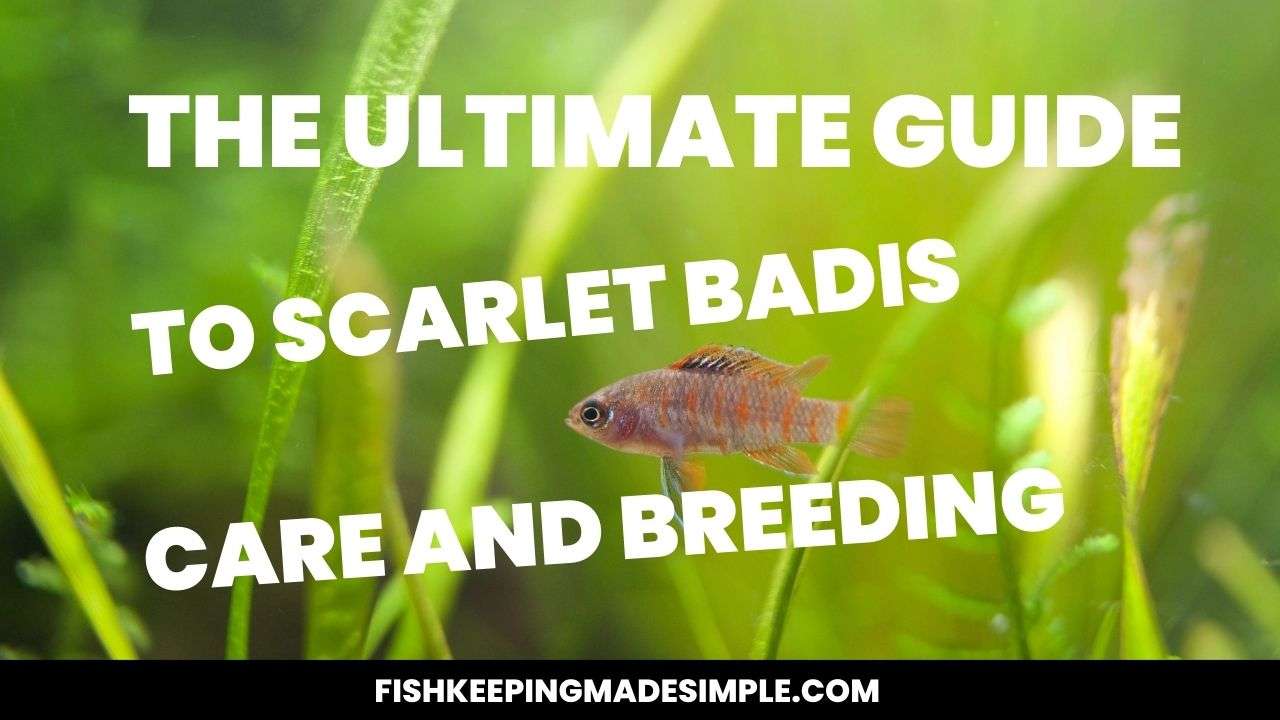
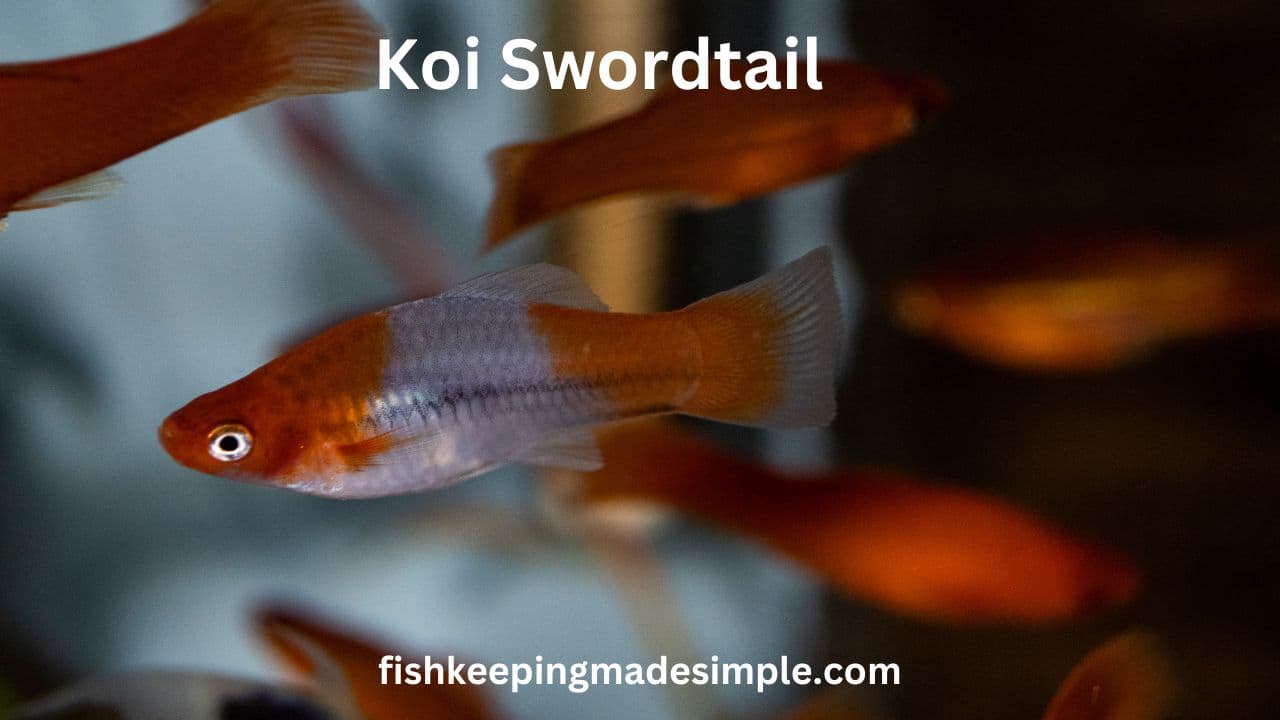

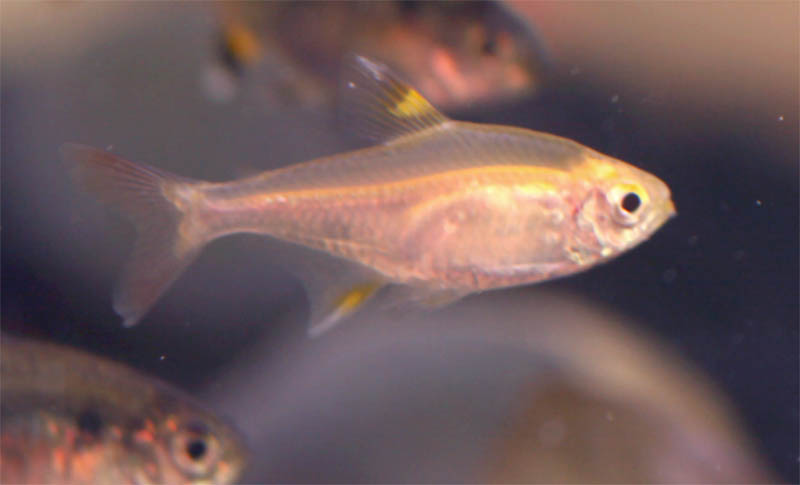
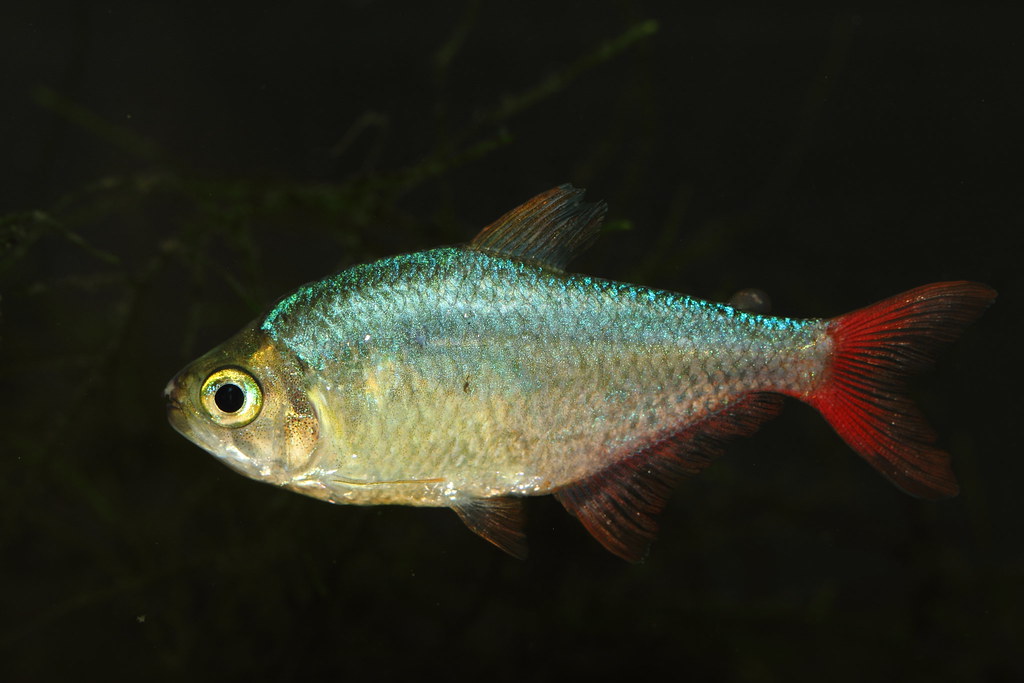
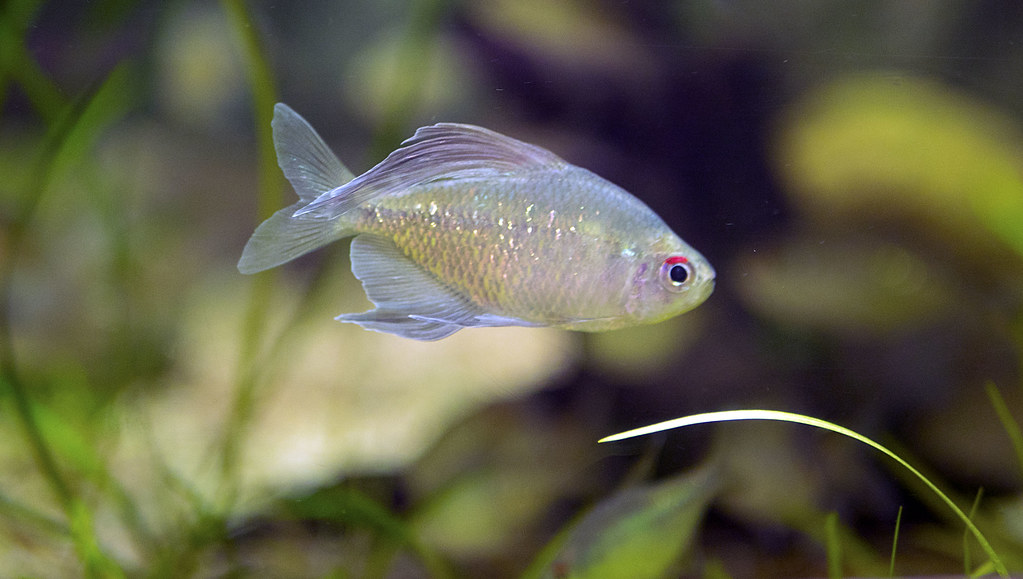
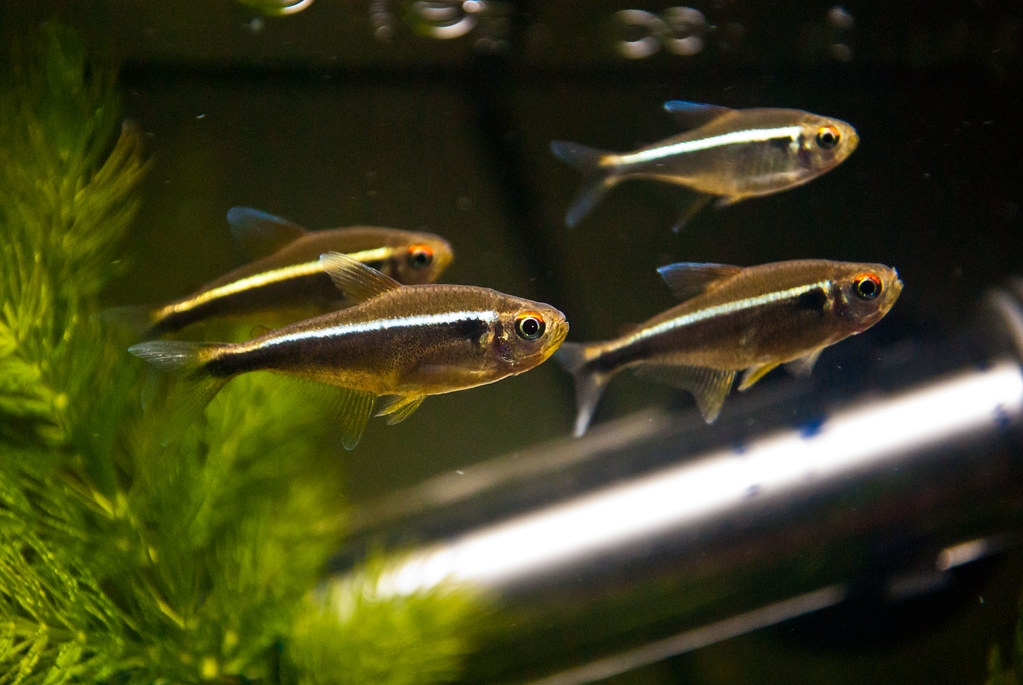
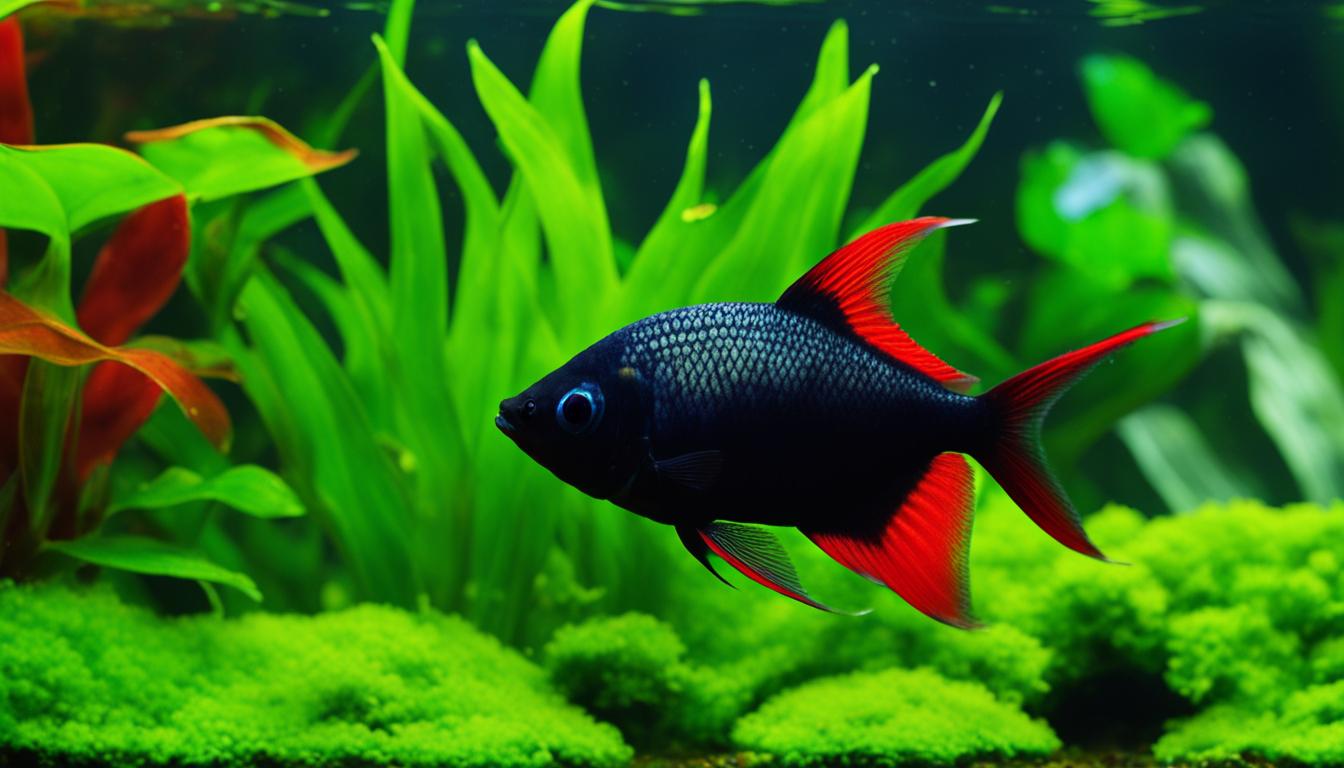
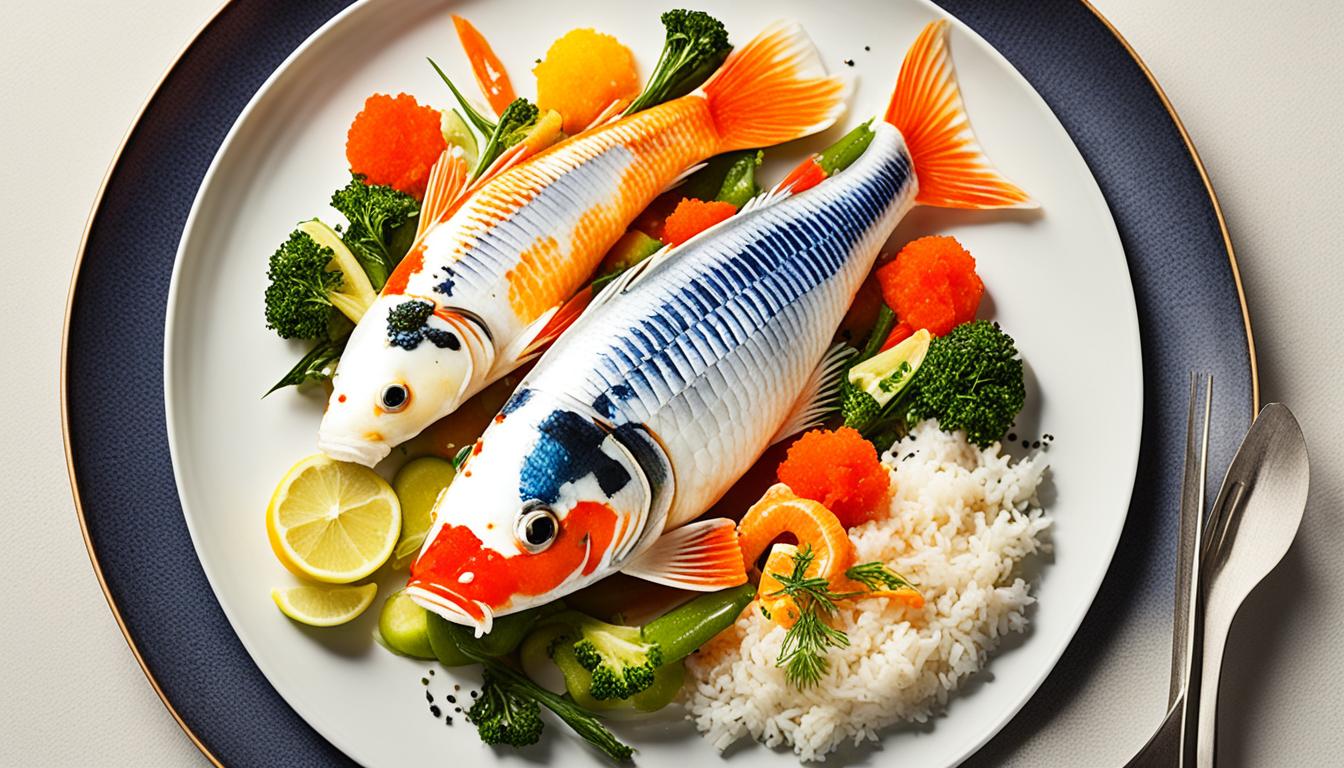
[…] looks. The right diet means a healthy, lively fish. To improve their already bold look, the right diet is a […]
[…] Ensuring a Balanced Arowana Diet is crucial for the overall Arowana Health. A diet that includes varied nutritious components aids in their vibrant physical appearance and robust health. Let’s explore why a balanced diet is vital for these majestic fish. […]
[…] you choose the best fish. We’ll talk about their behavior, what tanks they need, and how to care for […]
[…] tank mates carefully based on temperament, size, and […]
[…] will help compare them in depth. We’ll discuss their size, looks, care needs, behavior, and tank setup. If you’re starting or already love fishkeeping, this info will guide your […]
[…] can find them in orange, yellow, green, blue, brown, black, and white too. This variety comes from careful breeding and their genes. It makes each shrimp unique and […]
[…] are four different types of Rotala plants that require care and attention. Whorly Rotala is one of them, known for its unique appearance. Rotala Rotundifolia […]